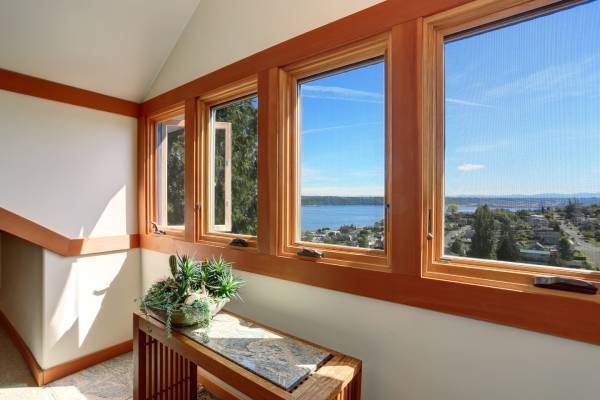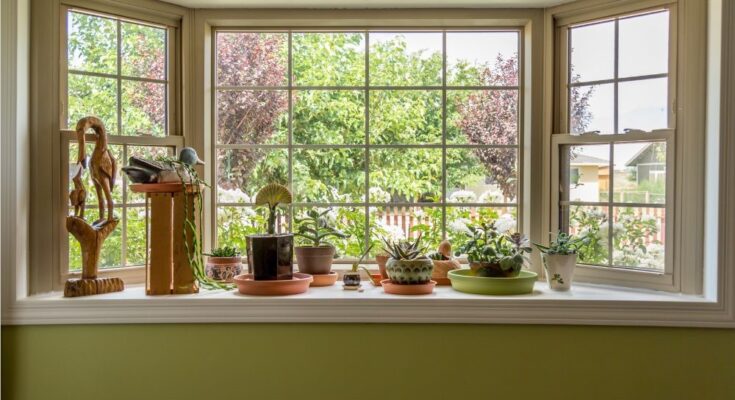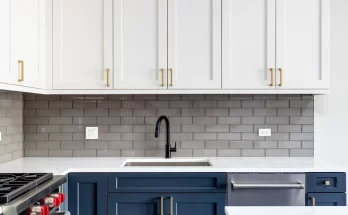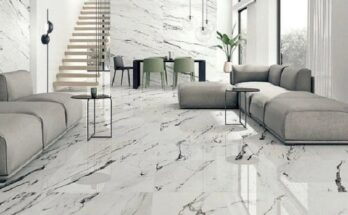The little details often make the biggest difference in a home. One of those subtle but powerful choices is the color of the window frames. It can influence the entire mood of a room. Let’s explore how to make the right pick.
Match the Exterior and Interior Styles
Start by considering how the frame color interacts with the outside of the building. The material and tone of the siding and roof can influence the best color choice. Lighter shades often feel clean, while darker ones give contrast.
The same goes for the interior, and a window frame color that works well outdoors should also feel natural indoors. Consistency helps maintain visual flow, especially in a more open-concept home. Look around the room—consider furniture, flooring, wall tones, and lighting. Even trim work plays a role. Coordinating with these elements prevents visual clashes.
Think About Light and Contrast

Natural light changes how colors appear. A shade that looks great in the showroom might seem completely different under morning or evening light, so it helps to test samples at different times of day. Soft neutrals often reflect more light, brightening up a room. In contrast, black or deep tones can make the frames feel grounded and modern.
Another thing to consider is how the frames separate the view from the window. Lighter options tend to blur the frame into the background, while darker ones create strong outlines. It’s about what matters more—highlighting the window or blending it in. When in doubt, pick something that enhances the features of the room.
Function First: Think Quality and Performance
Some materials hold paint better than others. For example, vinyl and fiberglass often come in factory finishes that last. On the other hand, wood may need regular maintenance to stay fresh. Be realistic about upkeep when choosing the finish.
Where the house is located also plays a role. A high-sun or high-humidity area will put more stress on finishes. This is where performance meets design. A color that fits the space visually but doesn’t hold up physically will only bring regret. So, combine visual goals with practical needs. It’s a long-term decision.
Go for High-Grade, Not Just Good-Looking
Looks can be deceiving. What seems appealing now might not age well, especially if quality is overlooked. These don’t just stay looking good—they also perform better in the long run.
- Choose certified products for climate resistance
- Consider energy ratings for insulation benefits
- Look for factory finishes with long-term guarantees
- Check that the materials match the home’s environment
- Avoid unknown brands or uncertified coatings
Investing in premium products can reduce future repair costs. It’s worth more than saving a little upfront. A well-made frame, even in a simple tone, will feel like the right decision every time it’s seen.
Timeless and Trendy
Trends come and go. What feels fresh now might look outdated in five years. Neutral tones—like whites, grays, or bronzes—tend to have lasting appeal. Bolder choices, like deep blue or forest green, can be striking but harder to update around. Think about how long the current design theme is meant to last. Is it a quick upgrade or a long-term investment?
A unique color may reflect personality but could limit future appeal. Timeless shades offer more flexibility with future changes in décor or ownership. They adapt without needing a full renovation. Picking wisely keeps things easy down the road, both visually and practically.
Selecting the right tone for window frames is about more than just looks. A carefully chosen window frame color brings harmony to both the inside and outside of a space. From lighting and materials to quality and longevity, every detail counts. A thoughtful decision ensures the space feels just right—now and for years to come. Start simple, think big, and let the details shine.




